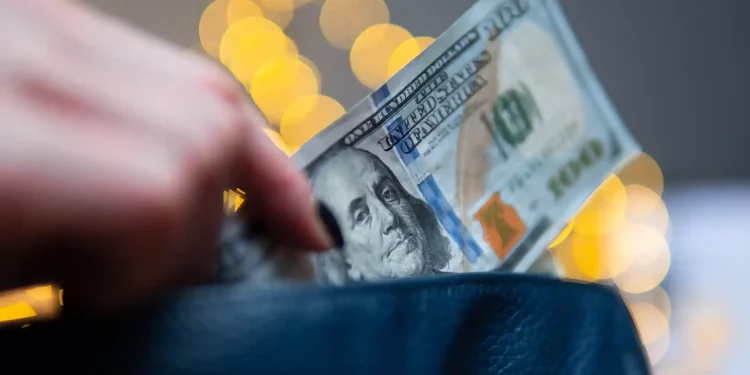The Fed is now focused on core inflation and especially the core Personal Consumption Expenditures price index, which is aimed to be brought down to 2%
As per the Bureau of Labor Statistics, the Consumer Price Index (CPI) surged to 3.2% for 12 months ending in October. This was half a percentage less than the CPI in the previous month, recording the lowest annual rate from April onwards.
Rising inflation is perceived as bad news, but here, it comes with good news as well; the rate of increase is slower than in the past 24 months.
US CPI came out lower than analysts’ expectations after recording a surge in the previous two months. This set Wall Street on an intraday bull run and gave the US citizens a sigh of relief who have been dealing with high inflation for the past two years.
The Dow Jones Industrial Average (DJIA) rose by 500 points or 1.5% in the first half of the trading session. The S&P 500 increased by 2%, registering one of the best days since the start of this year. Nasdaq Composite surged 2.35%, one of the best days since April.
According to Refinitiv consensus estimate, economists had expected the prices to increase at 0.1% per month and 3.3% over the span of 365 days. On a monthly basis, prices more or less remained the same, with no significant change for the first time since July 2022. But a month earlier, they surged by 0.4%, and gas and rent went up too, creating much more havoc.
In the previous month, energy prices spiraled down rapidly, but a rise in shelter prices obstructed the relief. Shelter costs represent rental leases and the absolute rental value of properties used by the owners. This cost surged by 0.3% in October, recording a decrease from 0.6% in September.
Annual inflation spanning varied sectors tanked to a great extent and is as low as levels seen back in 2021. Annual food inflation stood at 3.3%; similar levels were seen in June 2021. Food at home came down to 2.1%, levels similar to June 2021, and food away from home tanked to 5.45%, levels of November 2021. Food inflation both at restaurants and grocery stores witnessed a slight surge in the month of September this year.
Inflation still looms large
Michael Pugliese, a senior economist at Wells Fargo, told a news outlet that the inflation slowdown is on a progressive path but is just minor progress. He said that this price point can’t be called low or moderate.
The Federal Reserve would be happy as these developments in headline and core inflation can be credited to their works in quantitative tightening and rate hikes, which were aimed at controlling inflation and curbing demand.
The Fed is now focused on core inflation and especially the core Personal Consumption Expenditures price index, which is aimed to be brought down to 2%. The core PCE index is published by the Commerce Department and stood at 3.7% in mid-September.
Pugliese said that if a car is going at 100 mph and then moves at 80 mph, it’s slowing down, but is still fast.
Consumers have been swiping their cards left, right, and centre beyond the anticipation of economists. They have kept up the pace of the economy in the heights of inflation, catering to its growth above expectations. But Americans are now sitting on a mountain of credit card bills, many of which have started missing payments and defaulting on those loans.
The CPI data in October showed that discretionary spending is slowing down. The inflation in the recreation categories has come down to 0.1% for October, and on an annual basis, they are at 3.2%, levels dating back to November 2021.

















